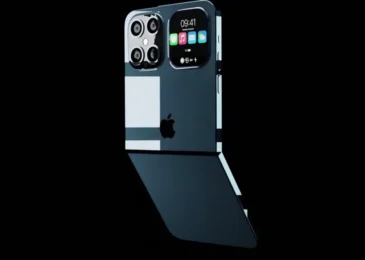
Researchers have taken a significant step towards restoring sight for the blind with the development of a visionary implant featuring minuscule electrodes. These electrodes work by transmitting signals to the brain, akin to pixels forming an image, thus simulating visual information. By shrinking the electrodes to microscopic sizes, more of them can fit into a single implant, enhancing brain stimulation and providing clearer, more detailed visual representations.
How this chip will help restoring sight for the blind?
Crucially, the clarity of these simulated images is paramount, considering they may not match the sharpness of unimpaired vision. The implant’s durability and performance are ensured through a combination of materials, including a conducting polymer that acts as both a transmitter of electrical signals and a protective layer over the metal.
Maria Asplund, project leader and study co-author, highlighted that electrodes as small as a neuron can effectively function in the brain over extended periods. The next phase involves creating implants with connections for thousands of electrodes, following promising early preclinical tests, including experiments with mice. These tests indicate that the implant can stimulate visual perception using minimal electrical power.
The research holds promise for developing more advanced vision restoration technologies, which could significantly enhance the quality of life for blind individuals. However, further research is necessary to refine the technology and progress towards human trials. Collaboration among researchers, engineers, and medical professionals is vital for advancing vision restoration technology, alongside addressing ethical considerations regarding its use and accessibility.
Also, see:
Samsung’s Galaxy Z Flip6 to redefine foldable technology with vibrant colors




